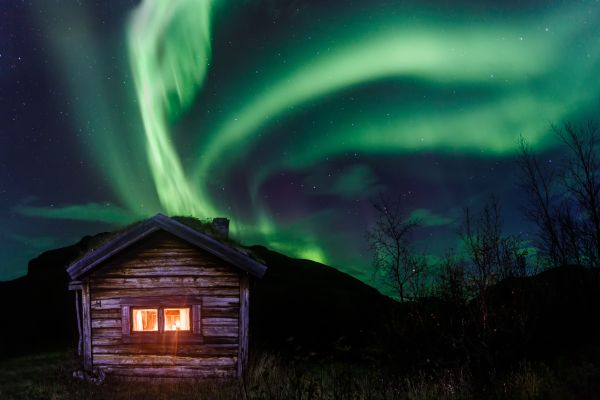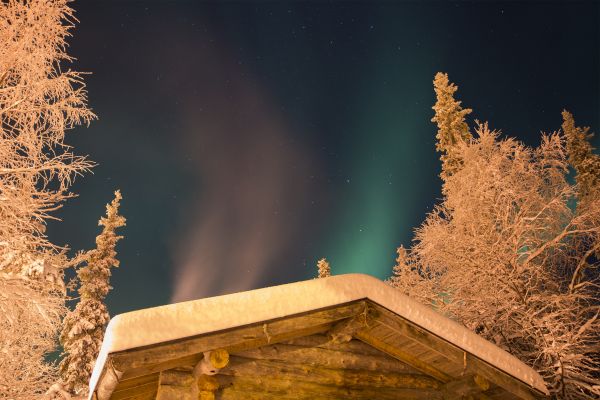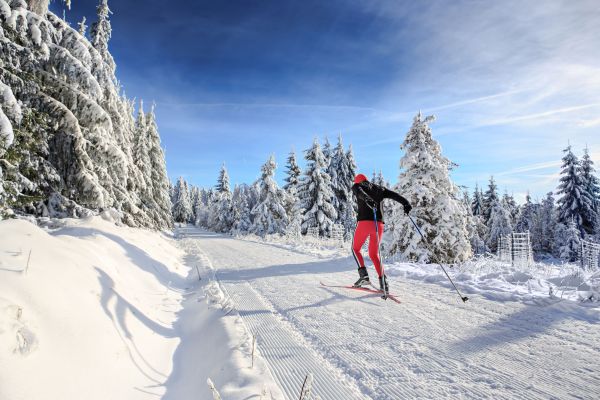
As a wise man once repeated over and over on Game of Thrones, “Winter is coming,” and while we may not have “Come at me, Snow” ice demons to contend with, there is the almost-as-scary threat of Seasonal Affective Disorder (S.A.D.). Even if winter doesn’t leave you legitimately depressed, it can still make you feel blue — days are short, nights are cold, and the Instagram-able summer sun is but a dream within a dream.
And yet… according to the United Nation’s General Assembly’s World Happiness Report, virtually all of the happiest countries on the planet are those with long, cold winters.
Here’s the 2015 top ten:
- Switzerland
- Iceland
- Denmark
- Norway
- Canada
- Finland
- Netherlands
- Sweden
- New Zealand
- Australia
You’ll note by looking at the names in bold that all five of the Nordic countries make the list. This is consistent with a narrative — pushed quite a bit when the first World Happiness Report came out in 2012 — that Nordic countries are more blissed out than the rest of us.
In early 2015, author Michael Booth released a book called The Almost Nearly Perfect People, poking holes in the idea of a Nordic utopia. He wrote a few tongue in cheek essays that played well online and some of his points (Danes have high private debt and a huge eco-footprint, Finns drink too much, etc.) had merit.
Still, even if the Danes and Finns and Icelanders and Swedes don’t really live in a non-stop serotonin-filled joy party, they do seem, as the New Yorker pointed out, to be skillfully adept at knowing “good enough” when they see it. They aren’t quite as angsty or ambitious on a moment-to-moment-level as Americans — taking away that “I’d rather be in the Bahamas” impulse that we get when winter storms hit.
Here are three other qualities that the Nordic countries have in spades which might help you make it through a long winter:
“HYGGE”

The old Norwegian word hygge (pronounced hoo-guh), as used in Denmark, refers to the sort of communal closeness, or drawing together that winter naturally creates. It’s become a cultural flag that people rally around. Some English-speaking Danes have tried to interchange the word with “coziness,” but there’s more to it than that. It’s not just about sweatpants and a good book, it’s a warming effect of both the spirit and the body. In Norway, where hygge is a simple greeting, the word is koselig, but the concept is similar. Mulled wine and cookie baking. Sitting by the fire, watching Christmas Vacation with your sisters. Family backgammon tournaments. Wool socks and candles and easy-moving conversations.
Hygge is so appealing that it’s become part of Denmark’s tourism initiative — but it’s not copacetic with the go-go-go mentality of the United States. This explains why a NYC winter might wear you down, while a Copenhagen winter won’t.
WONDER AND AWE AT THE NATURAL WORLD

Stanford PhD student Kari Leibowitz spent the past year in Tromsø, Norway, studying the seasonal mental health of the locals. Returning home, she talked to Fast Company:
“I just took it as a fact that everyone likes summer the best.” But deep in the winter in Norway, when the sun doesn’t rise above the horizon, multiple hours a day can still look like sunrise and sunset, and against the snow, “the colors are incredibly beautiful,” she says. “The light is very soft and indirect.”
It’s worth noting that this is the last year in the 11-year aurora borealis cycle, so those colors Leibowitz spoke of might be less brilliant over the next decade. Makes it tempting to book a trip, doesn’t it?
ABILITY TO SWITCH THE FOCUS

Still, what Leibowitz described in her findings was a new mindset, a paradigm shift in which winter wasn’t something to be dreaded, but something to be enjoyed (just like the other three seasons). According to the New Yorker, it’s this very ability to embrace reality that separates Nordic countries from U.S. residents.
This is a paradigm shift that might be as simple as willing it into existence — choosing to be happy about winter, so to speak. Rather than dreading the cold, we can celebrate all that hygge, the new opportunity to admire the planet’s ever-shifting landscapes, and ski season.
As Leibowitz told Fast Company:
It doesn’t have to be this huge complicated thing. You can just consciously try to have a positive wintertime mindset and that might be enough to induce it.
Or… y’know… we can all just plan a February trip to Nicaragua.






